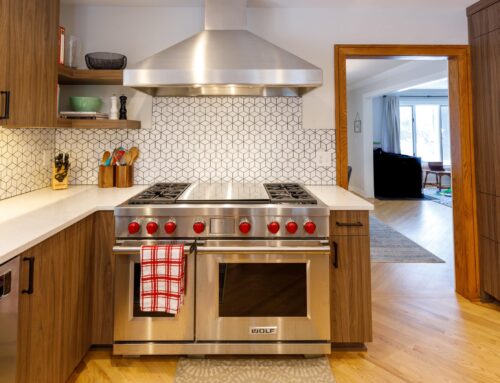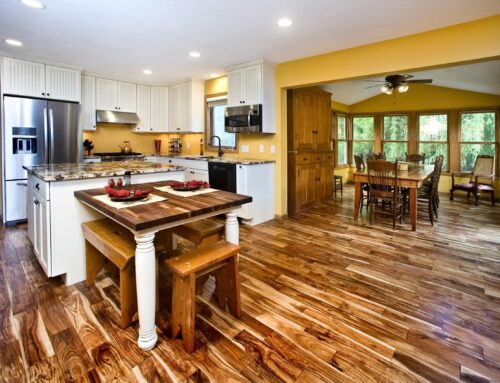The content for this blog is taken from the National Fire Protection Association. October 9-15 is Fire Prevention Week with a focus on replacing smoke alarms every 10 years.
Before you leave on vacation or begin a home remodeling project, take a few minutes to check your home’s smoke alarms.
Smoke alarms are a key part of a home fire escape plan. When there is a fire, smoke spreads fast. Working smoke alarms give you early warning so you can get outside quickly.
Safety tips
- A closed door may slow the spread of smoke, heat and fire. Install smoke alarms in every sleeping room and outside each separate sleeping area. Install alarms on every level of the home. Install alarms in the basement.
- Large homes may need extra smoke alarms.
- It is best to use interconnected smoke alarms. When one smoke alarm sounds they all sound.
- Test all smoke alarms at least once a month. Press the test button to be sure the alarm is working.
- There are two kinds of alarms. Ionization smoke alarms are quicker to warn about flaming fires. Photoelectric alarms are quicker to warn about smoldering fires. It is best to use both types of alarms in the home.
- A smoke alarm should be on the ceiling or high on a wall. Keep smoke alarms away from the kitchen to reduce false alarms. They should be at least 10 feet (3 meters) from the stove.
- People who are hard-of-hearing or deaf can use special alarms. These alarms have strobe lights and bed shakers.
- Replace all smoke alarms when they are 10 years old.
- Smoke alarms are an important part of a home fire escape plan.
Plan your Escape
- Your ability to get out of your house during a fire depends on advance warning from smoke alarms and advance planning.
- Get everyone in your household together and make a home escape plan. Walk through your home and look for two ways out of every room.
- Make sure escape routes are clear of debris and doors and windows open easily. Windows with security bars or grills should have an emergency release device.
- Plan an outside meeting place where everyone will meet once they have escaped. A good meeting place is something permanent, like a tree, light pole or mailbox, a safe distance in front of the home.
- If there are infants, older adults, family members with mobility limitations or children who do not wake to the sound of the smoke alarm, make sure that someone is assigned to assist them in the event of an emergency.
- If the smoke alarm sounds, get outside and stay outside. Respond quickly – get up and go, remember to know two ways out of every room, get yourself outside quickly, and go to your outside meeting place with your family.
- Learn more about home escape planning.
Children and Smoke Alarms
NFPA is aware of research indicating that sleeping children don’t always awake when a smoke alarm activates. While this research is worrisome, we shouldn’t allow them to obscure the fact that smoke alarms are highly effective at reducing fire deaths and injuries.
NFPA reaffirms the value of the smoke alarms already available to protect people from home fire deaths and voice its concern about the number of U.S. households without these early warning devices. While 96 percent of American homes have at least one smoke alarm, no smoke alarms were present or none operated in two out of five (41%) of the reported home fires between 2003-2006. Almost two-thirds of home fire deaths resulted from fires in homes with no smoke alarms or no working smoke alarms.
NFPA emphasizes the need to continue planning and practicing home fire escape plans and to make sure everyone in a home can be awakened by the sound of the smoke alarm. NFPA suggests practicing the escape plan during which the smoke alarm is activated so all family members know its sound.
Every home fire escape plan is different, and every family should know who will – and who won’t – awaken at the sound of the smoke alarm. If someone doesn’t wake up when the alarm sounds during a drill, the family should design an escape plan that assigns a grown-up who is easily awakened by the alarm to wake the sleepers, perhaps by yelling “FIRE,” pounding on the wall or door, or blowing a whistle.
Home Remodelers wants everyone to be safe in their homes, specifically from the threat of a fire. If you would like more information about smoke alarms and how to keep your home and family safe, please visit the public education section of NFPA’s website. For more information on home remodeling, please Contact Us.










